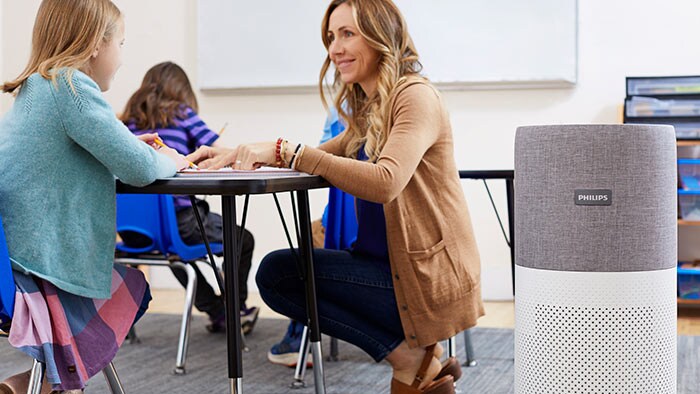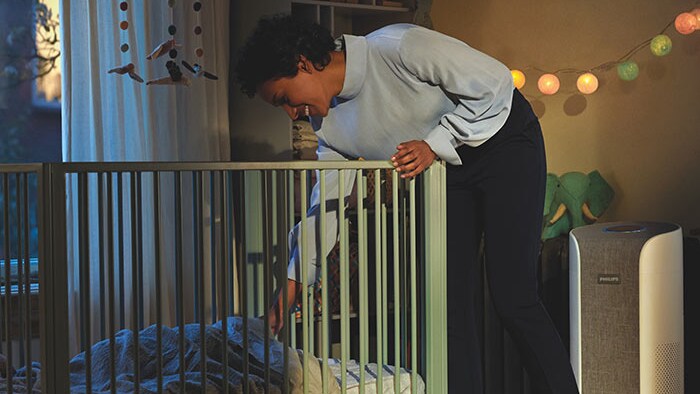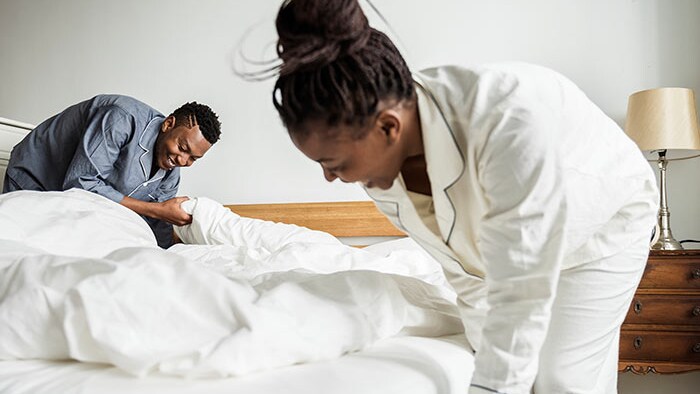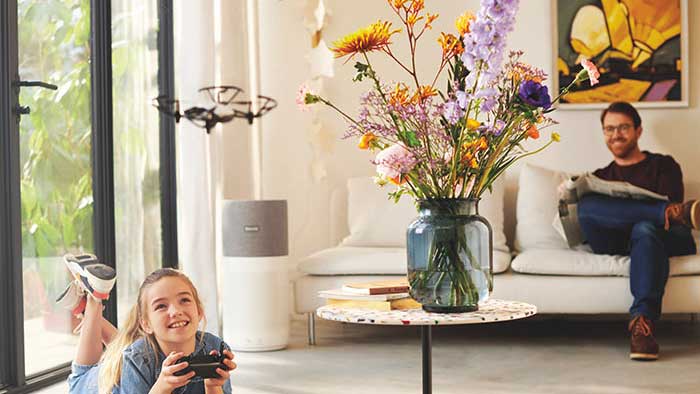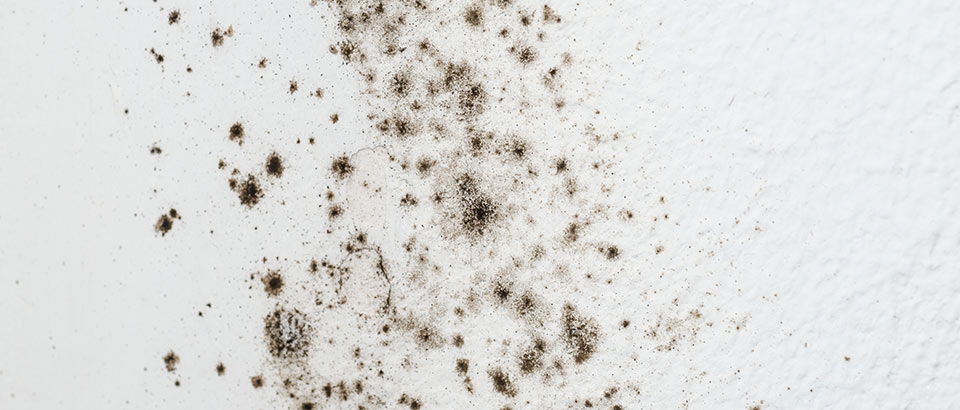
Allergens at home: Mold
And how Philips can help
5 min. read
We believe there is always a way to make life better. That’s why we’re dedicated to creating comprehensive solutions to help improve air quality at home. In this article we look at mold – a well-known cause of a variety of health concerns, including allergies. So what exactly is mold? Your immune system protects you against foreign invaders, such as bacteria, fungi and viruses, that can cause infections. However, in people with allergies, your immune system mistakes a substance that’s ordinarily harmless to most people for something that’s dangerous – and attacks it. An example of these substances is the proteins which mold can produce. Let’s take a closer look Mold and mildew are types of fungi and are different from plants or animals in how they reproduce and grow. They produce spores that travel through the air – some spread in dry, windy weather, while others spread with the fog or dew when humidity is high. These spores are also able to stay airborne for some time as they’re easily carried by air currents. For some people, an allergic reaction can occur when inhaling these spores. Although there are many types of molds, only a few dozen cause allergic reactions. [1] What are the mold types, and when do they occur? 1. Outdoor mold Season: peaks in late summer and throughout fall as a result of leaf and other biomaterial decay 2. Indoor mold Season: year-round but can fluctuate depending on the amount of moisture inside the home and are more prevalent during outdoor mold peaks.[1] You can remove 99.97% of airborne allergens from air that passes through our superior purification systems’ advanced multi-layer filters. But how can I avoid mold? Avoiding mold spores outside can be tricky, but fortunately there are a few ways you can limit its growth indoors. Here are a few pointers: Philips Air Purifiers have an in-built advanced multi-layer filtration that is capable of removing 99.97% of airborne allergens such as mold. If you’d like to know more about how you and your family can enjoy clean and healthier air, simply follow this link. Go on, breathe the difference, today. [2] www.ecarf.org/en/how-can-i-prevent-mould-growth-in-my-home/
